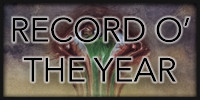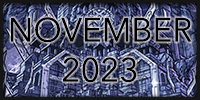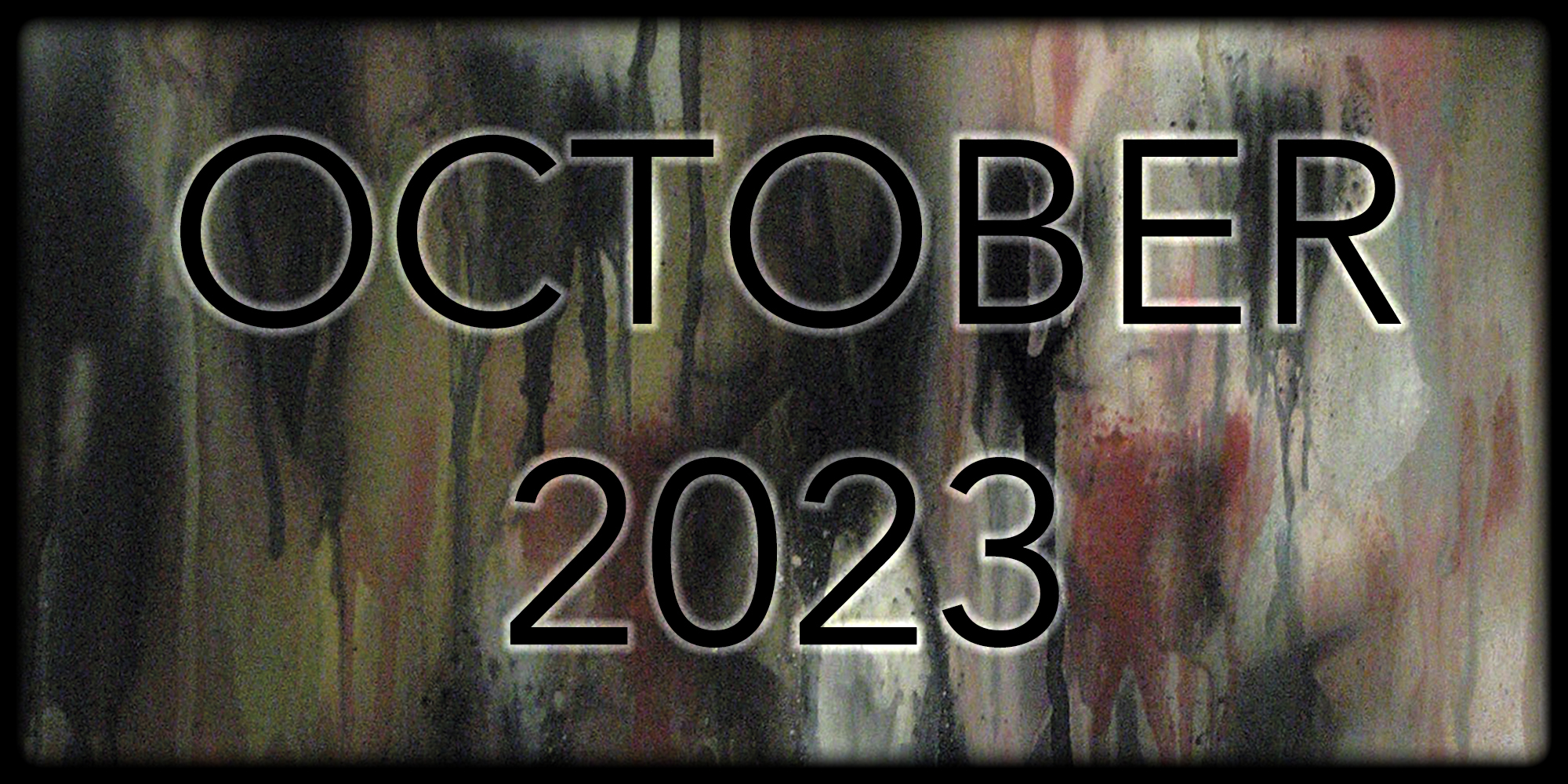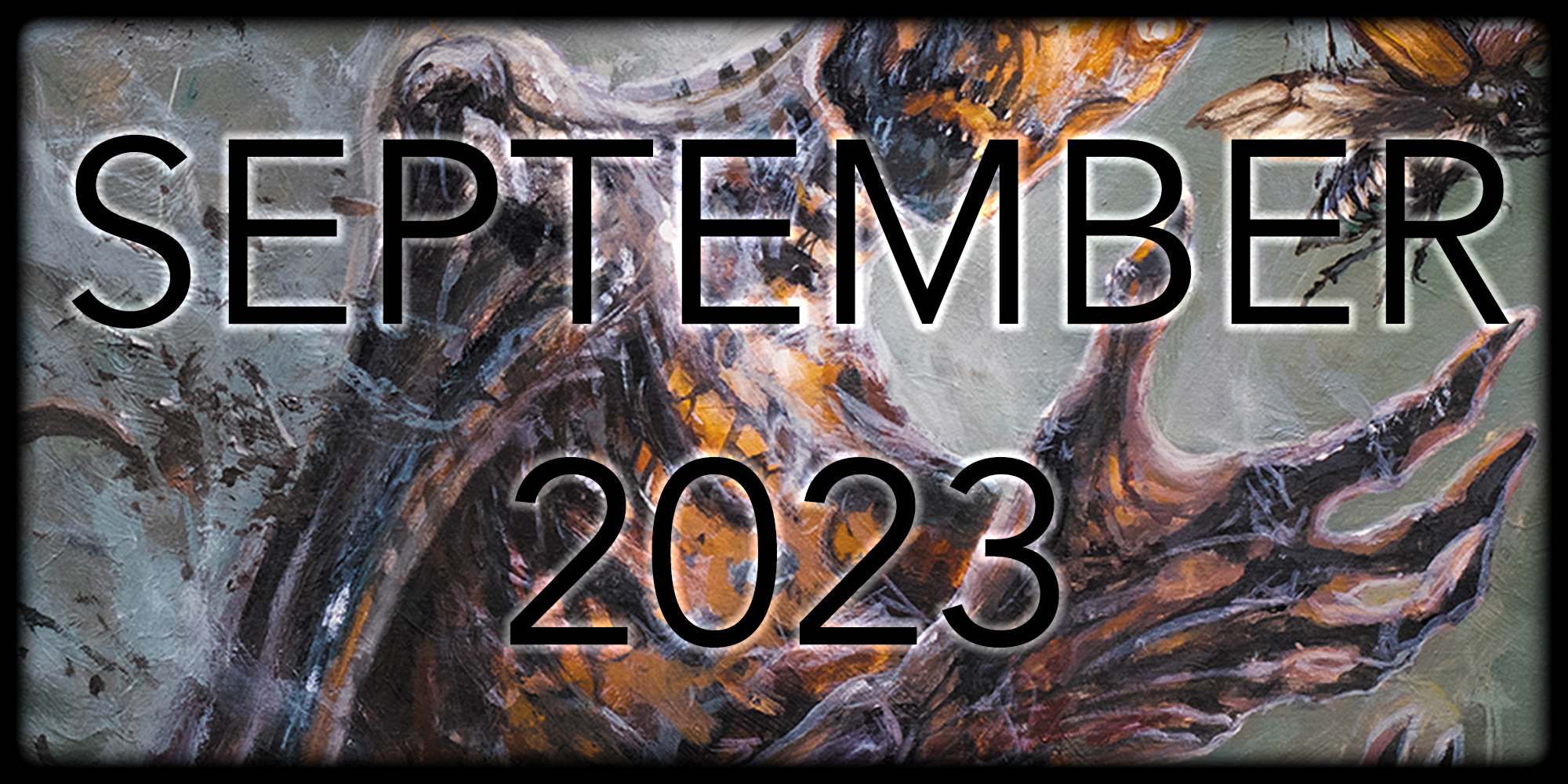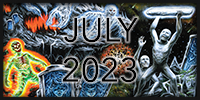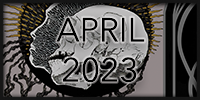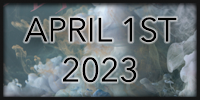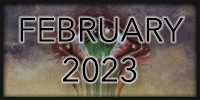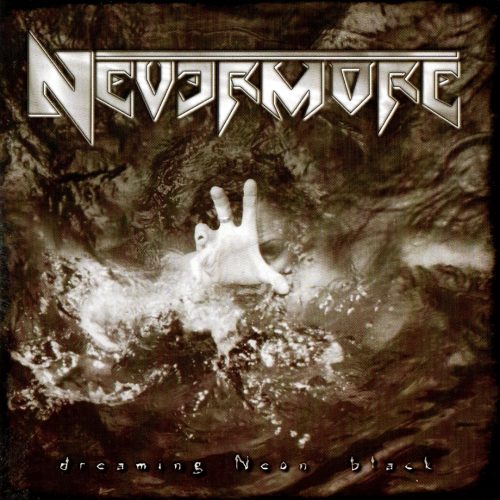 If a wise old man were to ask me Conan-style “What is best in metal?” I would without hesitation respond by glorifying the work of my favorite band of all time, Seattle’s Nevermore. While often lumped into the prog/power bin, their music reaches far beyond the boundaries of such a tag. By downtuning, adding elements of groove, thrash, and death metal, and coloring the whole affair with an intensely hopeless and bleak outlook, the band created a nearly unclassifiable sound that encapsulates nearly every great thing that metal has to offer. I consider their last five albums to be one of the strongest runs in the history of music, but before Nevermore was a juggernaut of technical ability and emotional theatricality, they were an unknown band struggling to find their sound in a city that was knee deep in the tail-end of the grunge movement.
If a wise old man were to ask me Conan-style “What is best in metal?” I would without hesitation respond by glorifying the work of my favorite band of all time, Seattle’s Nevermore. While often lumped into the prog/power bin, their music reaches far beyond the boundaries of such a tag. By downtuning, adding elements of groove, thrash, and death metal, and coloring the whole affair with an intensely hopeless and bleak outlook, the band created a nearly unclassifiable sound that encapsulates nearly every great thing that metal has to offer. I consider their last five albums to be one of the strongest runs in the history of music, but before Nevermore was a juggernaut of technical ability and emotional theatricality, they were an unknown band struggling to find their sound in a city that was knee deep in the tail-end of the grunge movement.
This struggle can be felt on 1996’s The Politics of Ecstasy, an album that is half killer prog/thrash and half boring grunge-adjacent meandering. It’s an album that displays a band standing at a crossroads, equally likely to travel the path of the competent yet standard as they were to blaze an entirely new trail. Fortunately, successor Dreaming Neon Black arrived in 1999 to find the band taking the latter path, dialing back the anger of Politics and investing heavily in emotional despair and darkness. Most of this emotion comes from the intensely personal nature of the theme. According to frontman Warrel Dane, Dreaming is a concept album based on a series of dreams he experienced about a former lover. In several interviews, Dane can be found describing her involvement in a religious cult in the Seattle area, her eventual disappearance, and his ongoing belief that she had been murdered1. Written nearly ten years after she vanished, Dreaming Neon Black expertly expresses the emotions of a man slowly going insane after losing his love, and it’s one of the few albums in my collection that genuinely disturbs me when I listen to it.
First proper track “Beyond Within” sets the stage for the emotional journey to come, displaying rage and sorrow in equal measure and beckoning the listener to take the plunge by concluding with “Welcome to the fall… of one man’s sanity.” Dreaming is truly a rollercoaster ride of grief with the anger and denial of “I Am the Dog,” “The Fault of the Flesh,” and “Poison Godmachine” being juxtaposed with the depression and bargaining of “No More Will,” “All Play Dead,” and the title track. Perhaps the most harrowing aspect of the record, though, is the fact that the main character never finds acceptance but allows himself to be swallowed by despair on closer “Forever.” It’s a truly haunting number built solely on bass and clean guitar while Dane harmonizes with himself in anguish. It ends after two minutes and thirty seconds only to be followed by over six minutes of silence. After Dane’s untimely death in 2017, I can’t help but see this track as a painful metaphor, the long silence producing a yearning to go back for just a few more seconds of that amazingly unique voice.
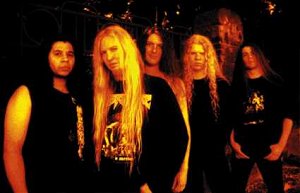 While known for their later 7-stringed heaviness, Dreaming is remarkable for the fact that Jeff Loomis and Tim Calvert2 (the former Forbidden guitarist had replaced Pat O’Brien who had left after Politics to join Cannibal Corpse) play in standard E-flat, yet the songs here can stand toe-to-toe with later tracks in terms of heaviness. The fretboard gymnastics for which Loomis would become widely known litter the tracks, and his grasp of hypnotic groove can be felt throughout. Bassist Jim Sheppard and drummer Van Williams manage to stand out as more than simple rhythm keepers, their performances driving the album despite the fact that the production skews heavily towards the guitars. Neil Kernon’s DR 6 master almost requires headphones to mine the depths of nuance to be found on Dreaming, but the production can’t distract from the album’s emotional power.
While known for their later 7-stringed heaviness, Dreaming is remarkable for the fact that Jeff Loomis and Tim Calvert2 (the former Forbidden guitarist had replaced Pat O’Brien who had left after Politics to join Cannibal Corpse) play in standard E-flat, yet the songs here can stand toe-to-toe with later tracks in terms of heaviness. The fretboard gymnastics for which Loomis would become widely known litter the tracks, and his grasp of hypnotic groove can be felt throughout. Bassist Jim Sheppard and drummer Van Williams manage to stand out as more than simple rhythm keepers, their performances driving the album despite the fact that the production skews heavily towards the guitars. Neil Kernon’s DR 6 master almost requires headphones to mine the depths of nuance to be found on Dreaming, but the production can’t distract from the album’s emotional power.
I don’t consider Dreaming Neon Black to be the best Nevermore album3, but it may just be the most important. The resulting tour saw the band playing with several high profile acts (Iced Earth, Mercyful Fate, Opeth, Arch Enemy), and Dreaming’s influence culminated in the arrival of the “signature” Nevermore sound on Dead Heart in a Dead World the following year. 20 years and tragic circumstances have only served to render Dreaming’s emotional payload even more potent, allowing a band murdered by internal strife and bad luck to haunt us from beyond the grave.



